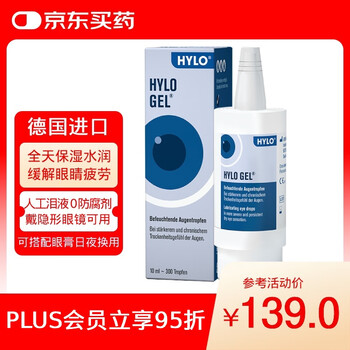通讯作者:Manuel Rodríguez-Vallejo
通讯单位:西班牙Vithas Virgen del Mar Hospital
发表杂志:Curr.Eye.Res.
Fernández, J., García-Montesinos, J., Martínez, J., Piñero, D. P., & Rodríguez-Vallejo, M. (2021). Clinical Analysis of Central Islands after Small Incision Lenticule Extraction (SMILE).Curr Eye Res46(8), 1154-1158.
背景:
角膜屈光术后的中央岛,是指在治疗范围中心出现的圆形或椭圆形且曲率较周边高的区域,可能会影响术后视力。本文首次针对SMILE™术后中央岛进行研究观察,评估其对术后结果的影响和探讨可能的原因。
摘 要
目的
评估SMILE™术后6个月随访期间,中央岛的发生率及其对安全性和准确性的影响。
方法
分析接受SMILE™手术的82例患者(82眼)的术前和术后角膜地形图,最佳框架验光结果和矫正视力结果。使用角膜中央4 mm范围内的总角膜球差(SA)来分析中央岛的发生率,并比较发生或未发生最佳矫正视力(CDVA)下降(≥0.1 logMAR)的患者之间SA的差异。基于ROC曲线,计算出能够预测术后发生中央岛风险的SA阈值。通过等效球镜度和散光矫正的幅度误差来评估中央岛对手术准确性的影响,该计算是基于角膜平面的主觉验光结果和角膜中央3 mm范围内的总角膜屈光力。
结果
82例眼中,5例发生CDVA丢失,其术前和术后的SA较未发生CDVA丢失组均有差异,该差异有统计学意义(术前P=0.01,术后P=0.007)。以术前SA≤0.012 μm为阈值,可以达到中央岛预测的100%灵敏度和75%特异度。术后SA与术前等效球镜度有关,该相关性在使用Nomogram调整结果后消失。
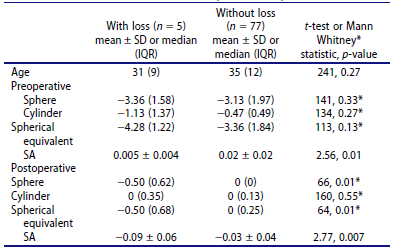
▲比较发生和未发生CDVA丢失的眼之间的参数差异。SA为中央4 mm范围内的球差,越低则代表中央越陡。
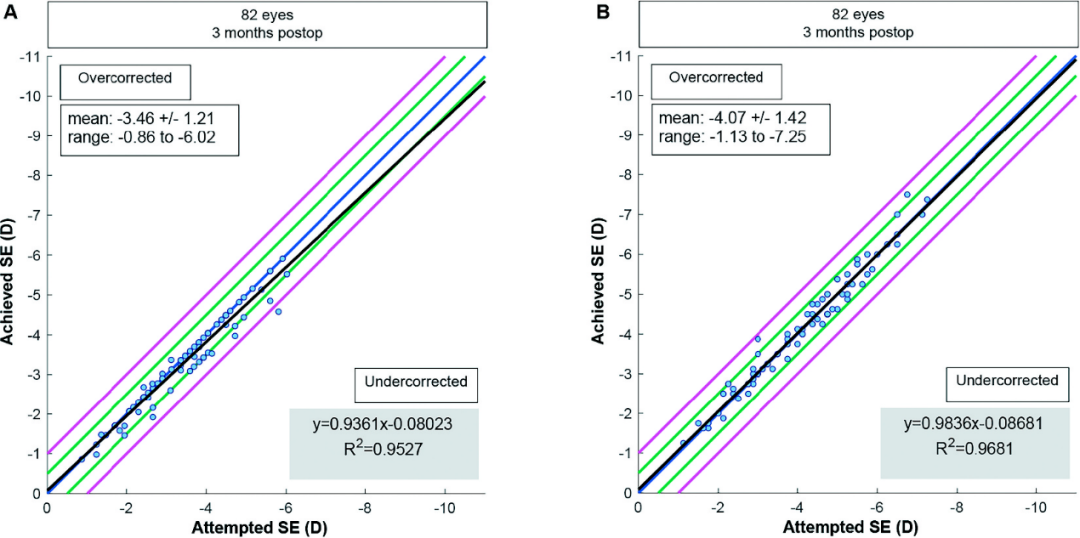
▲图示屈光矫正的准确性。A. 文中样本的数据;B. 假设使用了nomogram后的文中样本的数据。
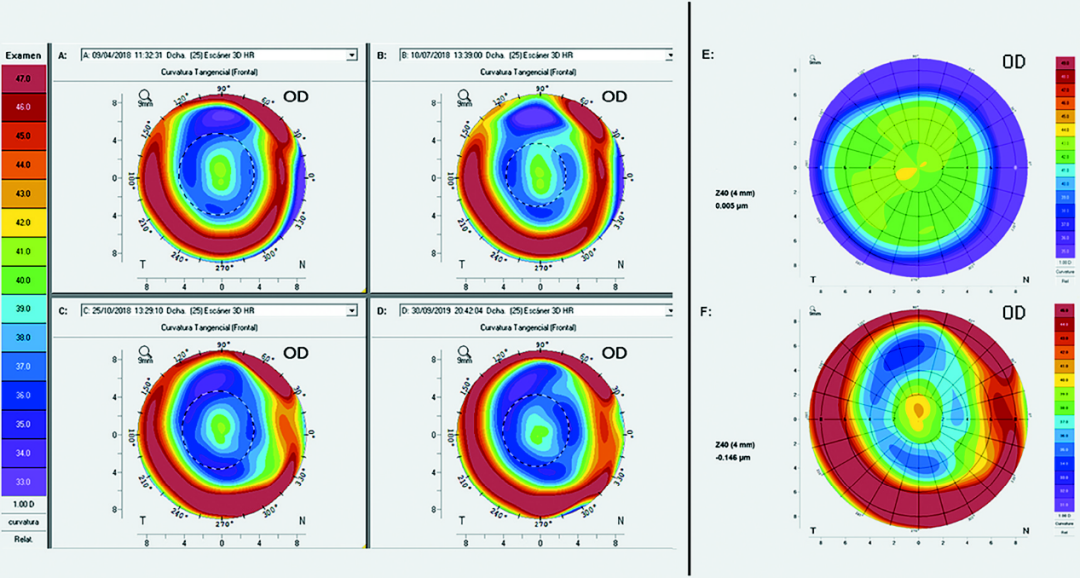
▲图示一位患者术后角膜地形图和中央岛随时间的变化,该患者因中央岛而在本研究中出现最多的安全性丢失(术后6个月时最佳矫正视力下降2行,18个月时较之前的随访提升1行)。A~D分别代表术后1个月、3个月、6个月和18个月,以及E. 术前和F. 术后6个月时切向角膜地形图和相应的4 mm范围内球差值。
结论
SMILE™术后中央岛是少见的并发症,但会影响手术的安全性,其与术前角膜中央陡峭程度有关,不会随透镜取出而消失,因而术后明显可见。
▪SA越小则角膜中央越陡
▪SA≤0.012 μm为阈值预测中央岛有100%灵敏度和75%特异度,代表该阈值能预测出所有确实会发生中央岛影响CDVA的病例,但在所有被预测为中央岛会出现的病例中,有25%可能实际不会出现此情况。
▪作者探讨,SMILE™术后中央岛影响CDVA可能是由于术前角膜中央已经比较陡峭,随透镜的取出,该陡峭在术后表现得更加明显。
使用nomogram即减少欠矫的发生可能可以帮助减少SMILE™术后中央岛的出现。
Clinical Analysis of Central Islands after Small Incision Lenticule Extraction (SMILE)
Corresponding author: Manuel Rodríguez-Vallejo.
Abstract
Purpose
To evaluate the incidence of central islands after 6-month follow-up of Small Incision Lenticule Extraction (SMILE) and to assess their role in safety and accuracy.
METHODS
Analysis of the preoperative and postoperative corneal tomography, best spectacle refraction and corrected distance visual acuity of 82 subjects that underwent SMILE. Incidence of central islands was assessed through total corneal spherical aberration (SA) over 4 mm of central diameter and the SA was compared between two groups with and without safety loss (CDVA difference ≥0.1 logMAR from preoperative). The cut-off value for detecting the risk of postoperative central island development was calculated. The influence in accuracy was calculated through magnitude of error of the spherical equivalent and astigmatism, both for spectacle refraction at corneal plane (SE-Rx and AST-Rx) and for total corneal refractive power at 3 mm (SE-TCRP3 and AST-TCRP3).
RESULTS
Five from 82 eyes resulted in a loss of safety, obtaining significant differences in SA, both preoperatively (p = .01) and postoperatively (p = .007) after stratification by safety loss. A preoperatively cut-off value ≤0.012 μm of SA predicted theappearance of central islands with sensitivity of 100% and specificity of 75%. Despite postoperative SA being related to the preoperative spherical equivalent, for both SE-Rx and SE-TCRP3, this tendency disappeared after readjusting results according to a nomogram.
CONCLUSION
Central islands in SMILE, despite being a rare adverse event, can affect the safety of the procedure and are related to preoperative central steepness, not corrected by the spherical lenticule, which is clearly visible postoperatively.
本篇文章来源于微信公众号: SMILE屈光天地

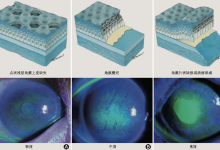

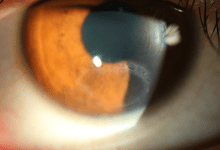
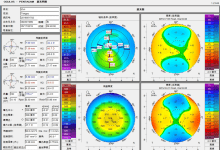
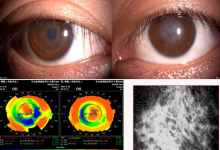
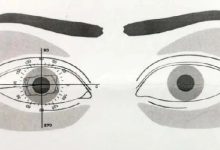









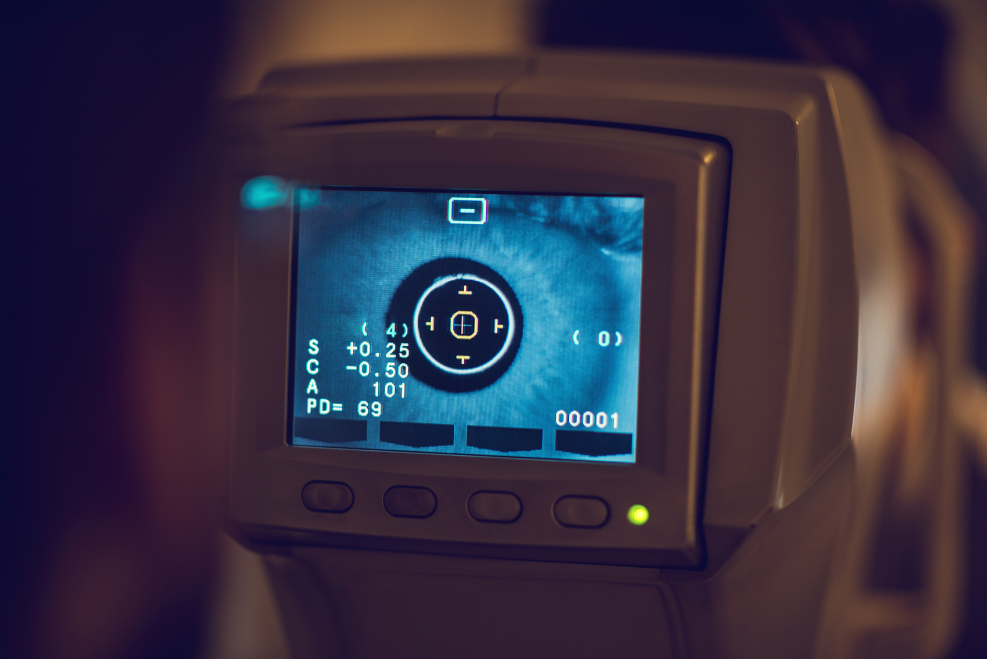
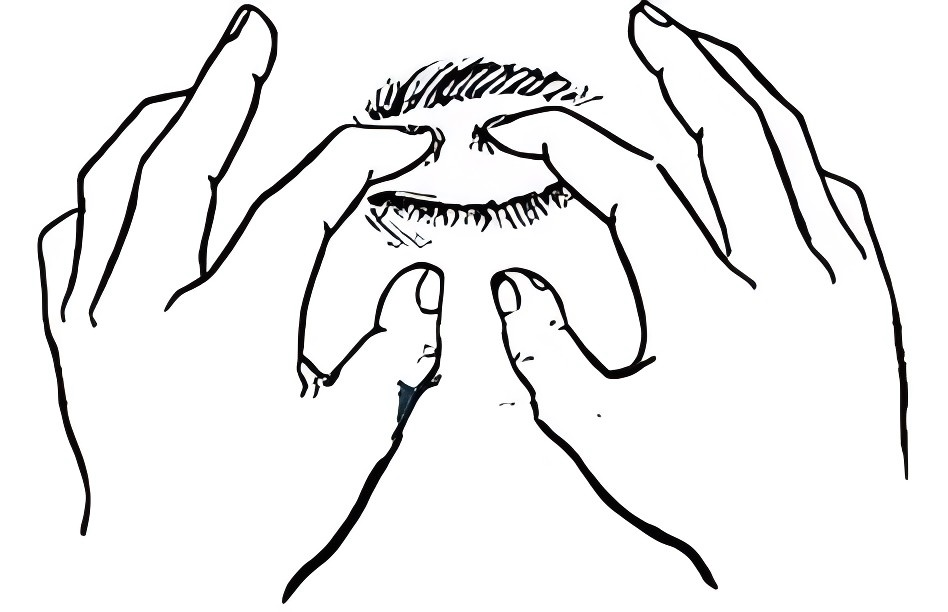
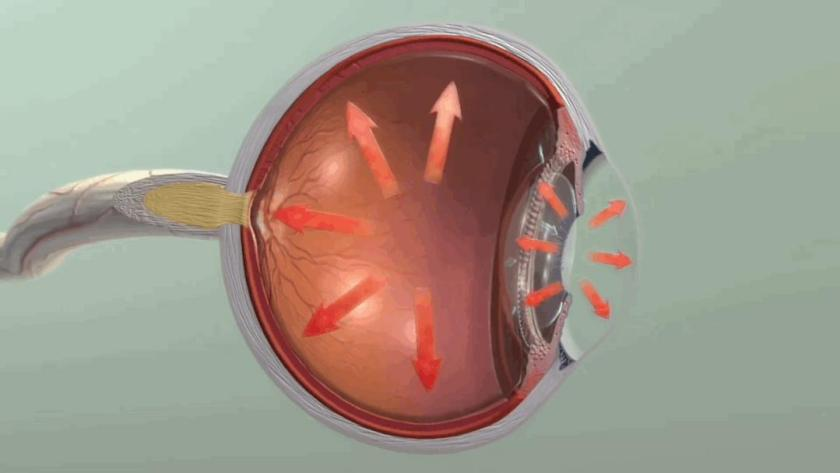
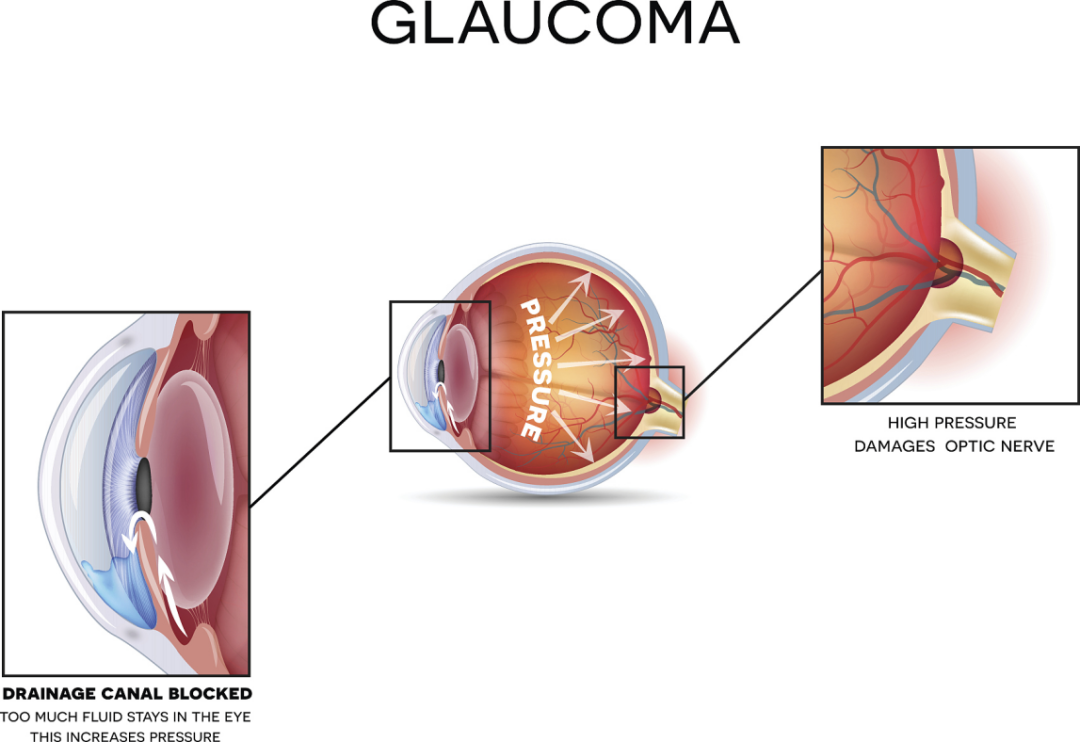

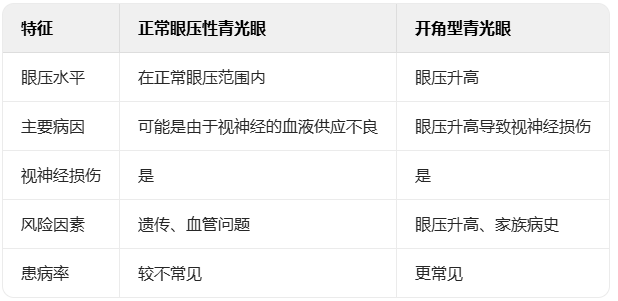
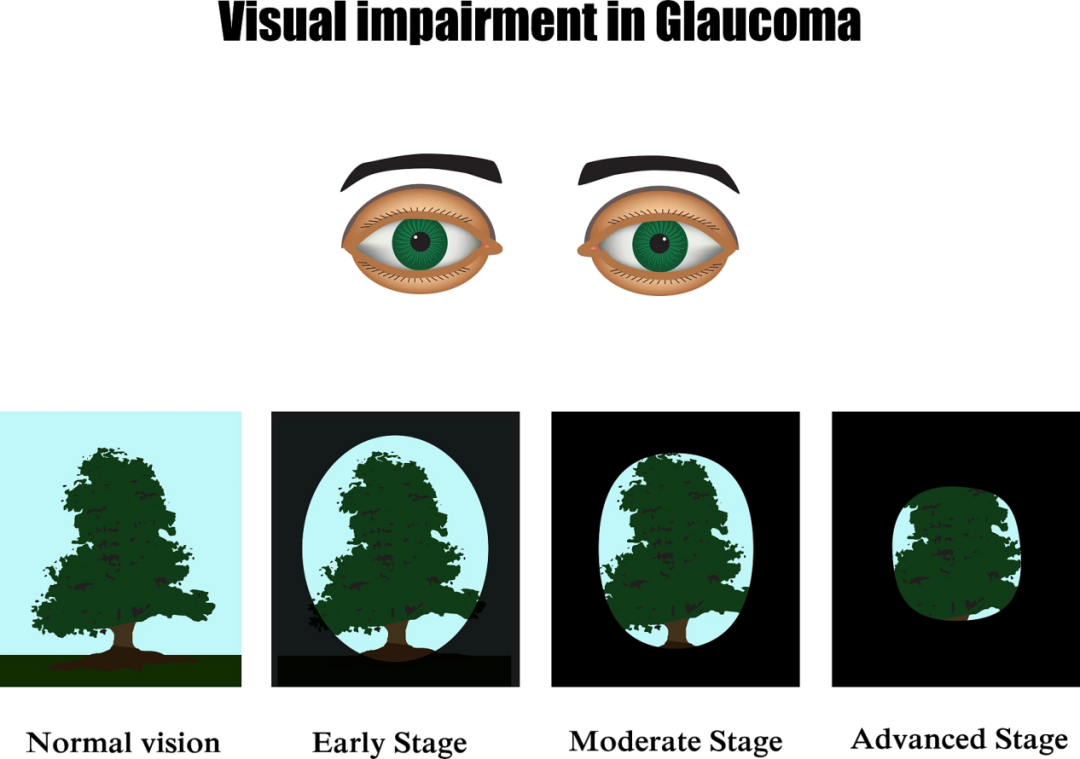


 全飞秒
全飞秒 半飞秒
半飞秒 圆锥角膜
圆锥角膜 学术速递
学术速递